Affiliate links on Android Authority may earn us a commission. Learn more.
Does Daydream have what it takes to make VR mainstream?
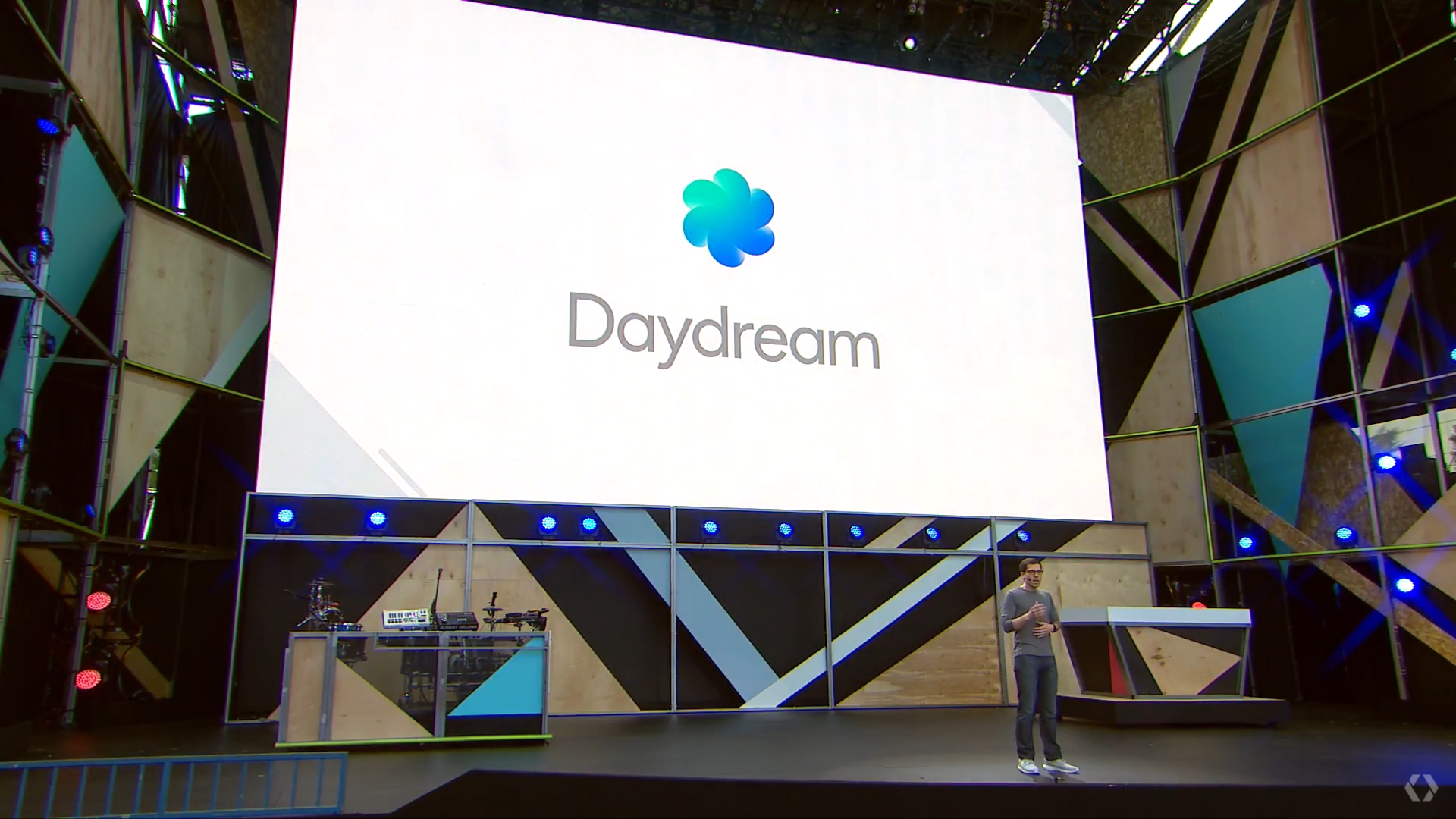
Oculus Rift, HTC Vive, Sony Playstation VR, Samsung Gear VR, and Google Cardboard are just some of the platforms out there that are attempting to claim their stake in the VR market. But all of these platforms have a very real Achilles heel. For the first three, pricing is the biggest obstacle. For the Gear VR, it’s mostly a matter of limited device support. And then there’s Cardboard, which is simply a bit too much of an unorganized wild west and therefore can never really appeal to serious VR enthusiasts.
No one platform is going to be perfect, but the winner will be the one that comes the closest. Could Google’s new Daydream platform fit that bill? Perhaps, though there are a few things that will make or break the experience. First, let’s start by talking about Daydream’s biggest strengths:
Daydream – the strengths
It’s really the only serious attempt at a hardware-agnostic platform so far
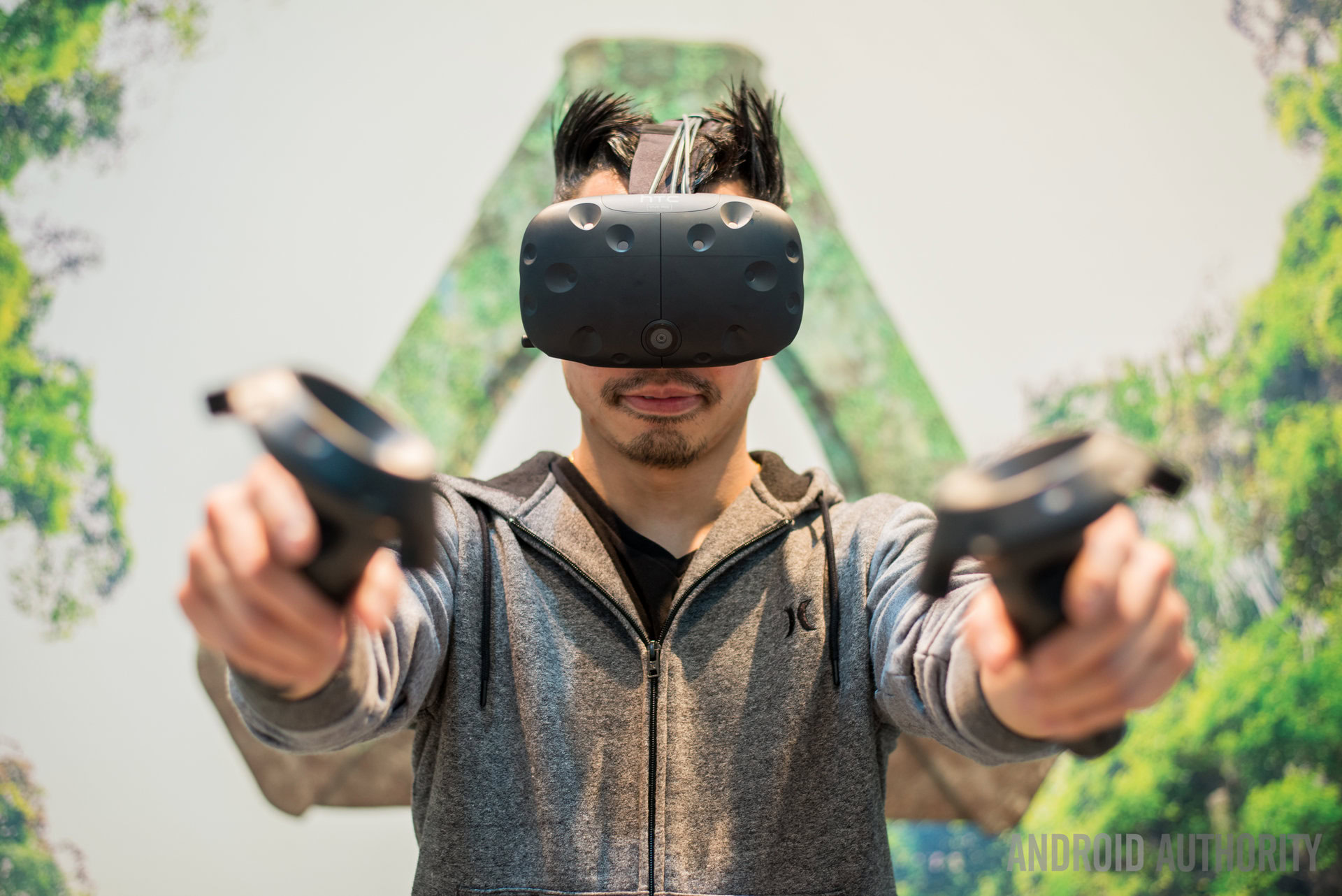
A big part of the reason why Android has the marketshare it enjoys today is that the OS takes an open approach where just about any OEM can get involved in creating handsets, though they do have to jump through a few hoops to get all the Google services that make the experience all the more sweeter. With Daydream, Google is attempting to apply the same concept to VR. If you follow the rules, you can create headsets that are compatible with the Google Daydream spec. In other words, being hardware-agnostic means there’s not just one headset from one manufacturer, and therefore things aren’t nearly as locked down.
This doesn’t obviously guarantee success, as Google has also applied a similar strategy to Google TV, Android TV, Android Wear, and Android Auto — all with varying degrees of success. That said, the more OEMs that attach themselves to Daydream, the more marketing exposure it will get, and that’s important for VR if it really wants to catch the public eye. After all, VR is still very much in its infancy, despite huge promise with analyst firms like IDC predicting the number of VR headsets to ship in 2016 will hit around 9 million, exceeding the paltry 350,000 headsets shipped in 2015, with most of these coming from mobile-based solutions.
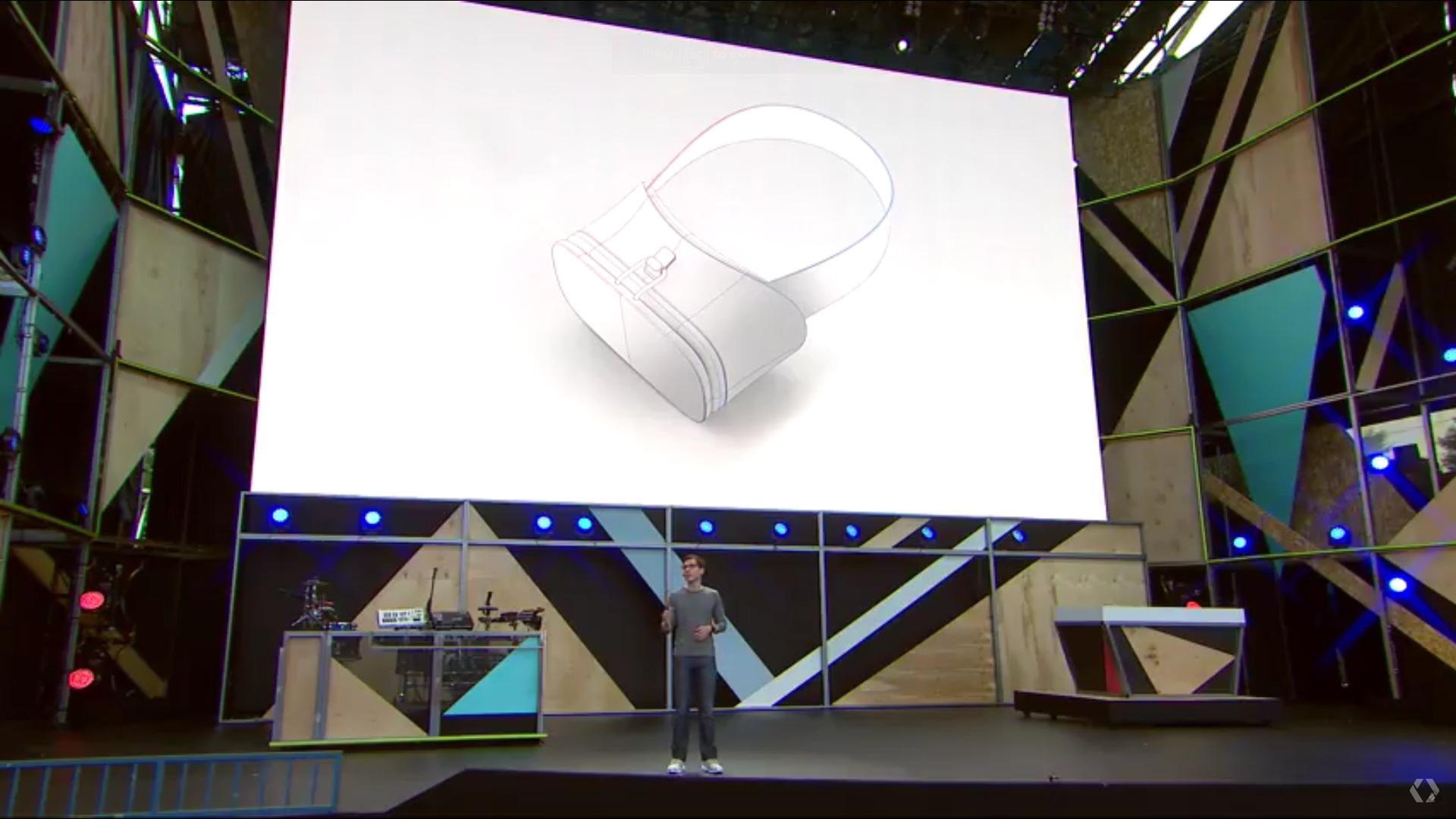
To get those kinds of numbers, people will need to be aware of the options out there. They’ll also need to be able to afford it, but that’s a point for later.
As it stands, a recent report from SuperData claims that only around 28% of Americans have heard of Playstation VR, 22% have heard of the Oculus Rift, and just 21% have heard of the Gear VR. Obviously there’s still a large portion of the public that has no clue about modern VR and its potential. A platform that works with just about every mid to high-end phone on the market would certainly be a good way to raise awareness.
It is set to have way better device support than its rivals
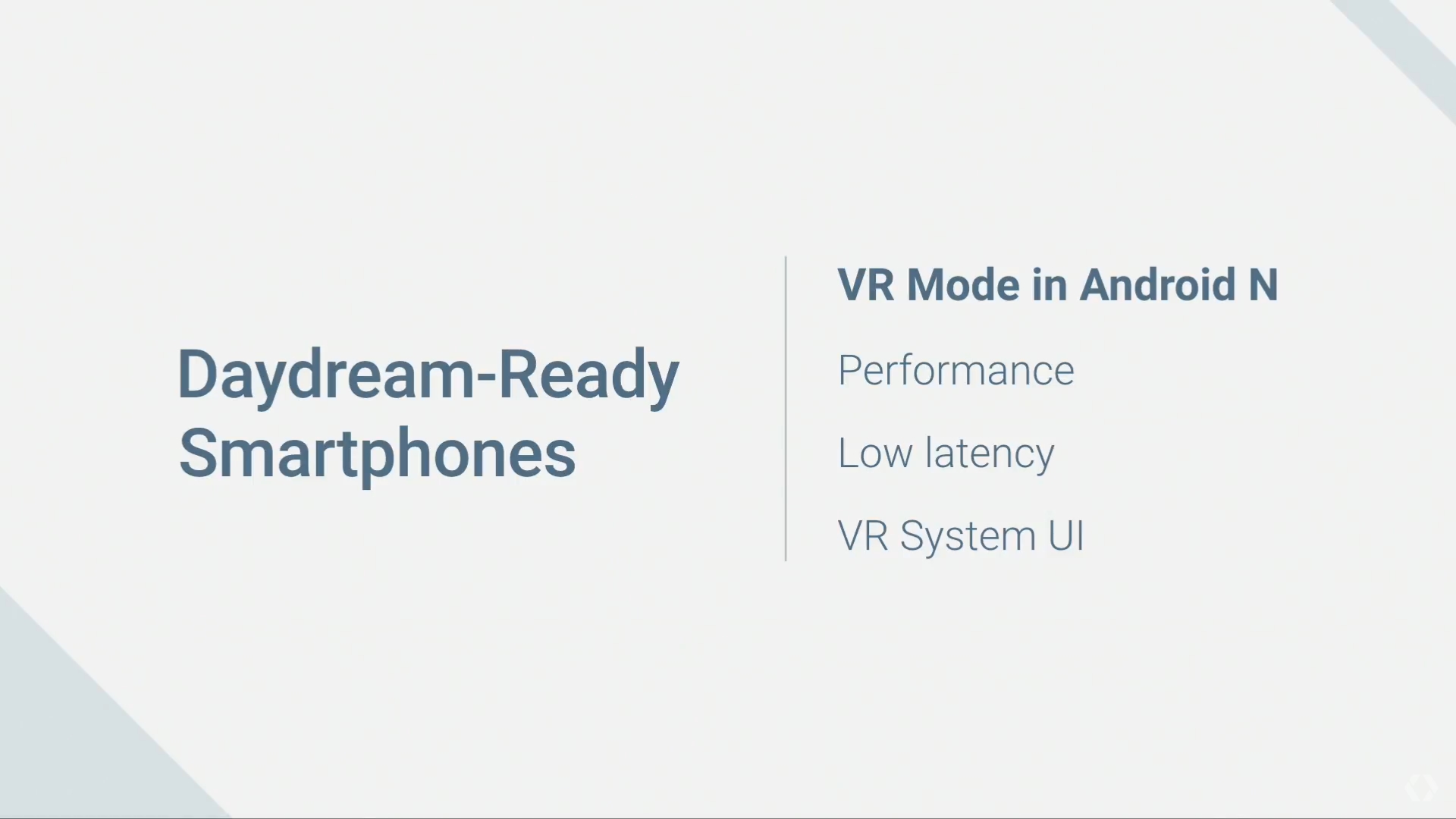
This goes hand and hand with the first strength. Not only is Google Daydream hardware-agnostic in terms of headsets, it’s also allowing just about any Android manufacturer to build phones that support it, provided they meet certain spec requirements such as having good enough displays, processors, etc.
We still don’t know those exact specs, though we wouldn’t be surprised if Google attempts to bring support to more than just flagships. After all, in a Google I/O session on Thursday about monetizing Daydram apps, senior product manager Brahim Elbouchikhi said that “in a couple of years, we will have hundreds of millions of users on Daydream devices.” This won’t happen if they only allow the highest end phones to make the cut.
Bottom-line, a large number of Android N phones in the future will likely support Daydream, and hopefully at least a few current gen phone also get support. While budget Daydream phones probably won’t be a reality anytime soon, we wouldn’t be too surprised if at least a few mid-rangers make the cut. For what it’s worth, MediaTek has already chimed in that it is among Daydream partners, so there’s that.
Google has proven they know how to keep the costs down
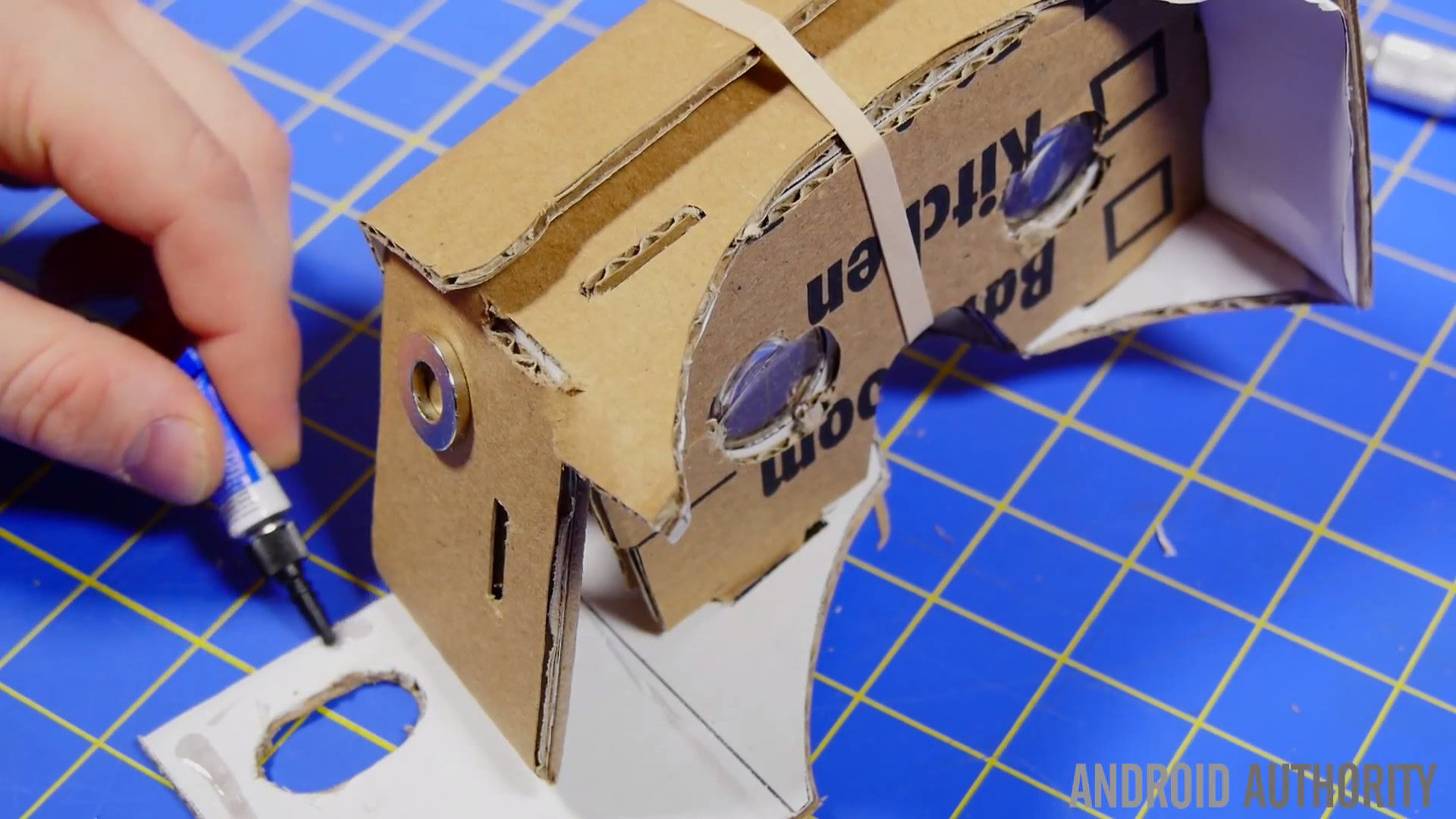
Google proved itself to be the Macgyver of the VR world, taking some cardboard, a few lenses, some tape, and throwing it all together into a platform. Sure, Cardboard was mostly a concept, but it showed that Google was aware of the fact that people need a cheap gateway to VR. Daydream obviously won’t be nearly as cheap, but we’re confident that the Mountain View giant is still very aware and sensitive to the fact that Average Joe and Jane won’t give a damn about VR if it’s pricing makes it unobtainable for all but the most hardcore enthusiasts.
As for what kind of pricing we are going to see? We have no clue. Totally speculating here, we’d hope to see phones range from $250 onward if Google really wants as many people as possible to be exposed to Daydream. That said, we wouldn’t be shocked if the low-end price is more around $300 – $350. Some of the basic requirements will likely include QHD displays, though it’s possible that Google could allow 1080p to be part of the fun. As for headsets? Considering the Gear VR is just $99, we could see Google attempt to match or even undercut that price, though it depends on the controller.
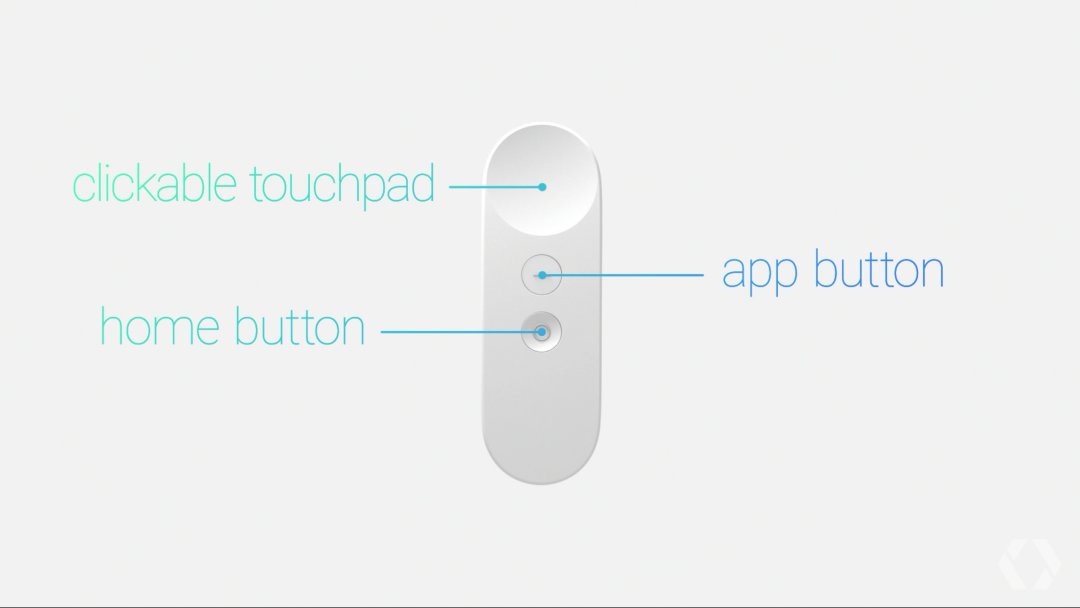
Google has shown off a cool motion sensing controller at I/O 2016, but it’s unclear if that’s an absolute requirement or an option. If headsets exist that use cheaper Bluetooth controllers, that would help keep costs down and then the motion controller could be sold seperately. Again, we’re really guessing here.
The foundations for a good app store experience are already somewhat there
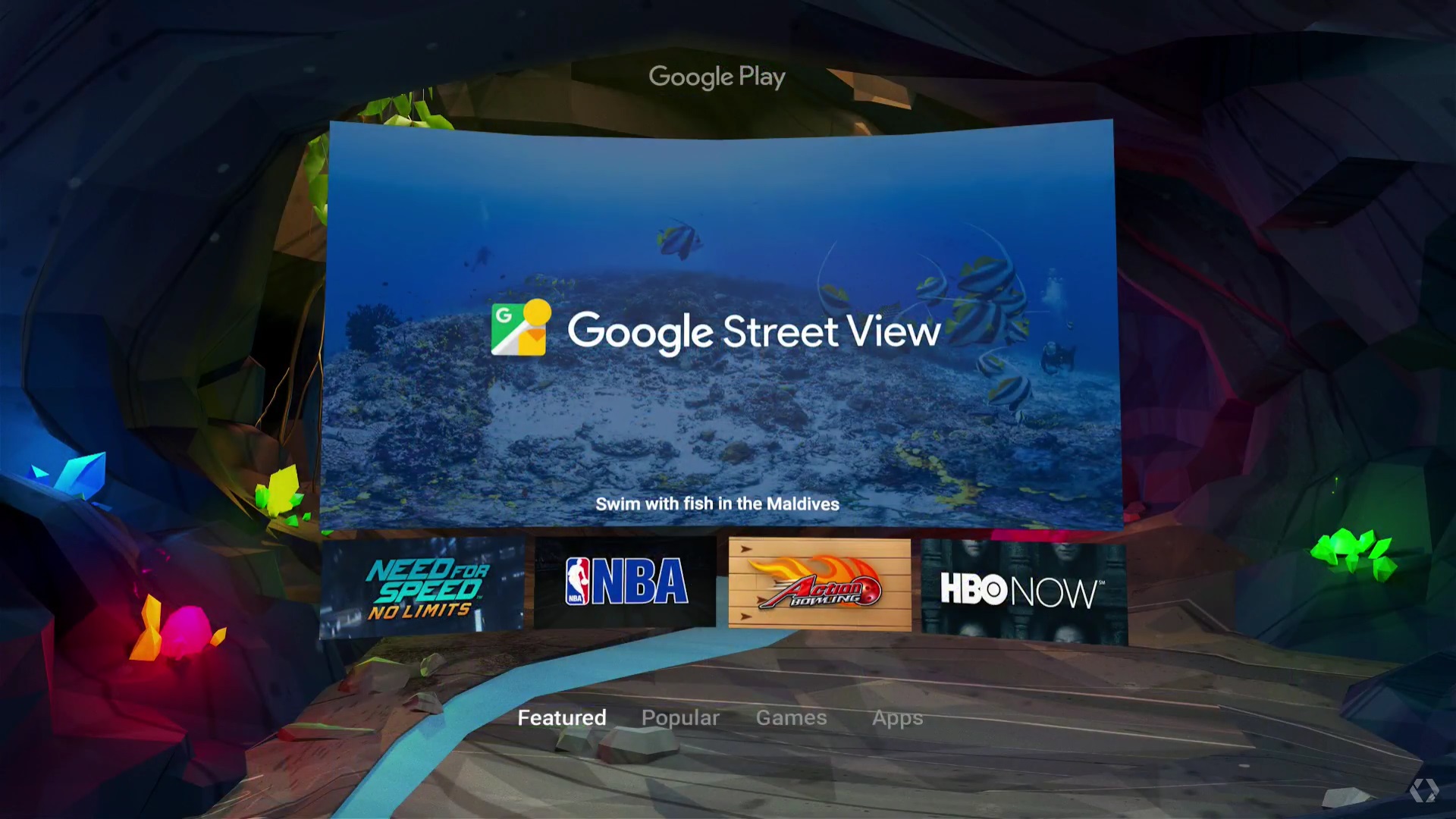
It’s taken Samsung a while to build up a good store front for the Samsung Gear VR, for a few reasons. First, there weren’t many apps there. Second, they had to work with an outside source on the effort, which likely slowed them down a bit. For Google, they already have the Play Store, Youtube, and plenty of solid apps that can be translated into VR with relative ease — and we’re already seeing that happen. The fact that developers have already created Gear VR and Cardboard apps in the dozens also means that there are plenty of reasonably decent quality apps and games that will likely be ported to Daydream, allowing plenty of content out the gate.
Sure, some of its best experiences will take time to build, but the point is Google is no stranger to creating a living, thriving ecosystem and we’re confident that they are up to the task with Daydream.
Daydream – the challenges
There’s a lot that Daydream already seems to be getting right and it was only announced a few days ago. There’s also a lot that Daydream should be able to get right based on Google’s history. Of course, that doesn’t mean instant mainstream success. What else does Google need to do to ensure that its experience resonates with the public?
Marketing will be key
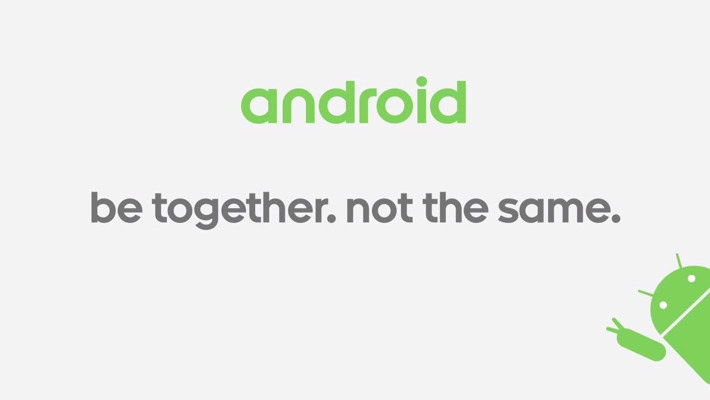
Kind of a duh factor, but without good marketing, Daydream won’t stand a chance. Right now, how often when you are watching TV do you see a commericial showing off the HTCVive, Oculus Rift, Samsung Gear, or even Cardboard? The answer is probably never or rarely. Online there are a few more ads and exposure, but even there it’s limited. Having tons of phones supporting Daydream will help Google a ton, as will having at least a few different headsets that work with the platform. But it doesn’t end there, as the company will need to blast news of Daydream compatibility everywhere from billboards to TV commercials.
Marketing hardware hasn’t ben a massive strong point for Google in the past, but their software related “be together not the same” commercials have actually resonated pretty well with folks, and you see them on TV, online, and just about everywhere. If Google can do similar with Daydream, and get its partners like Samsung and LG to do the same, this shouldn’t be that much of a challenge after all.
Apps: overcoming storage and hardware limitations
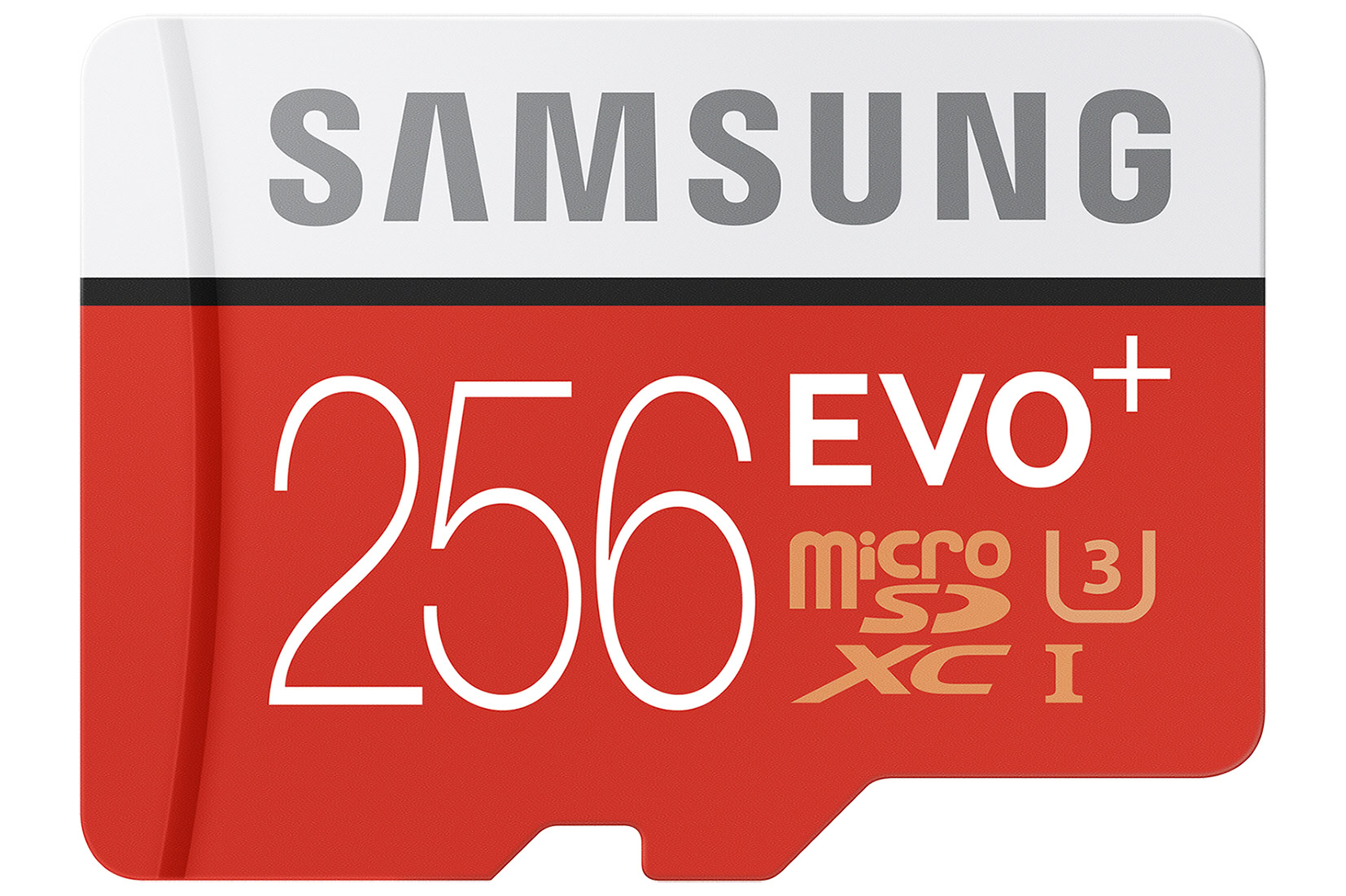
This challenge is one that worries me a bit. Google is already working to overcome hardware limitations by setting clear requirements for Daydream handset compatibility and by creating novel ways to control the experience with motion controllers. But what about space constraints? If VR is ever going to be taken seriously, it needs good apps. Creating good apps can result in some pretty large file sizes. We’re already seeing higher-quality Android games get into the 5GB+ mark. A high-quality immersive VR experience could easily be much larger than this.
Are today’s smartphone’s able to handle this challenge or are we going to have a VR platform that can only store 3-6 games at once before you have to uninstall something? Obviously Daydream-compatible phones that offer microSD slots will help alleviate some of this concern, but for Nexus users, don’t expect such luck unless Google takes a massive turn in a very different direction.
Apps: overcoming mobile gaming stigma
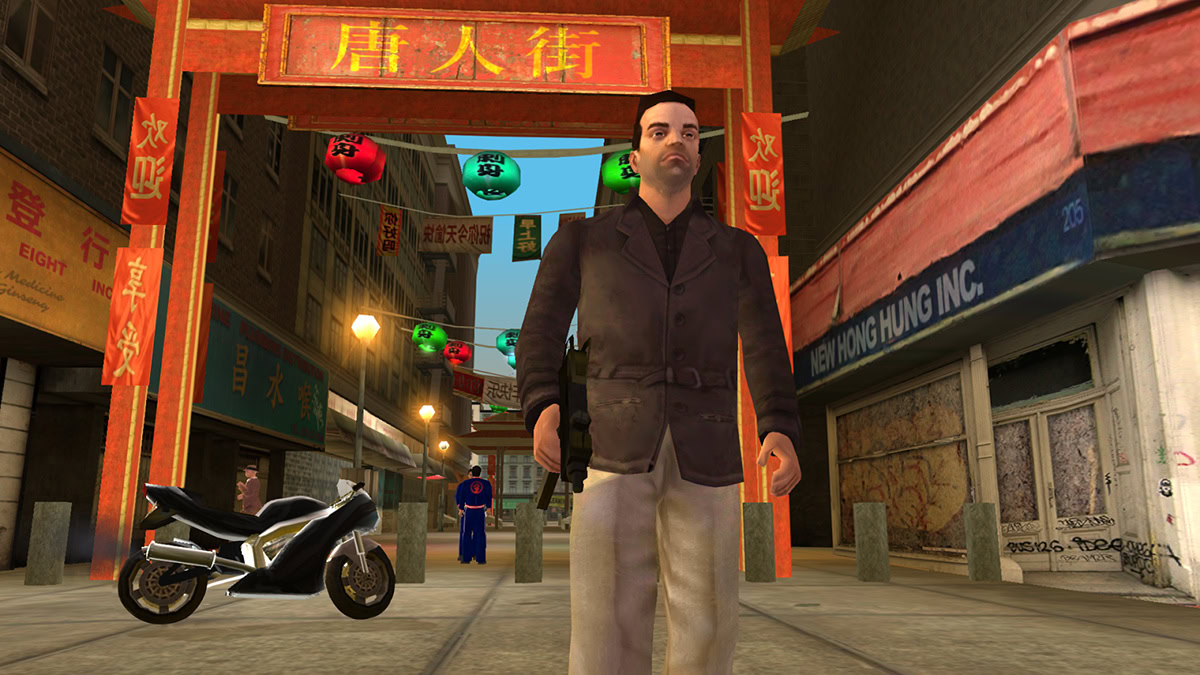
It’s not just space that might prove challenging for VR games, it’s also the stigma that is associated with such experiences. For ‘hardcore’ gamers, mobile still isn’t taken very seriously, and we really can’t blame them. While there are a growing number of higher-quality Android games, many of these are ports. Of course, developers don’t want to spend the millions required to make an Android exclusive AAA game if no one is going to buy it, so we are presented with a bit of a double-edged sword.
Can Google convince bigger triple-A gaming studios to embrace Daydream? I have doubts, considering that even higher-end VR platforms like the Rift and Vive are having trouble attracting the big dawgs right now. That said, if indie studios are willing to bring their A-game, we could still end up with some truly immersive VR experiences. Still, I can’t help dread the thought of Daydream becoming nothing more than a playground for VR versions of Angry Birds and Candy Crush.
For what it is worth, Gear VR has done a fairly good job of enticing VR developers to port their wares over to its platform, so it’s possible that Google will be able to attract higher-end experiences as well. Google has also announced support for the Unity and Unreal game engines, which is used in many of the Gear VR’s best titles and further opens the door to higher-end VR games.
What does Daydream mean for other VR ecosystems?
One question we can’t help but wonder is what Daydream means for other VR ecosystems. For Playstation VR, HTCVive, and the Oculus Rift, probably very little in terms of negative effect. We imagine that these PC and console based solutions will remain entirely different affairs that attract very different kind of users. That said, if Daydream is a success and warms up the masses to VR, it could actually be a big positive that drives more consumers to ‘serious’ VR implementations.
What about Google Cardboard?
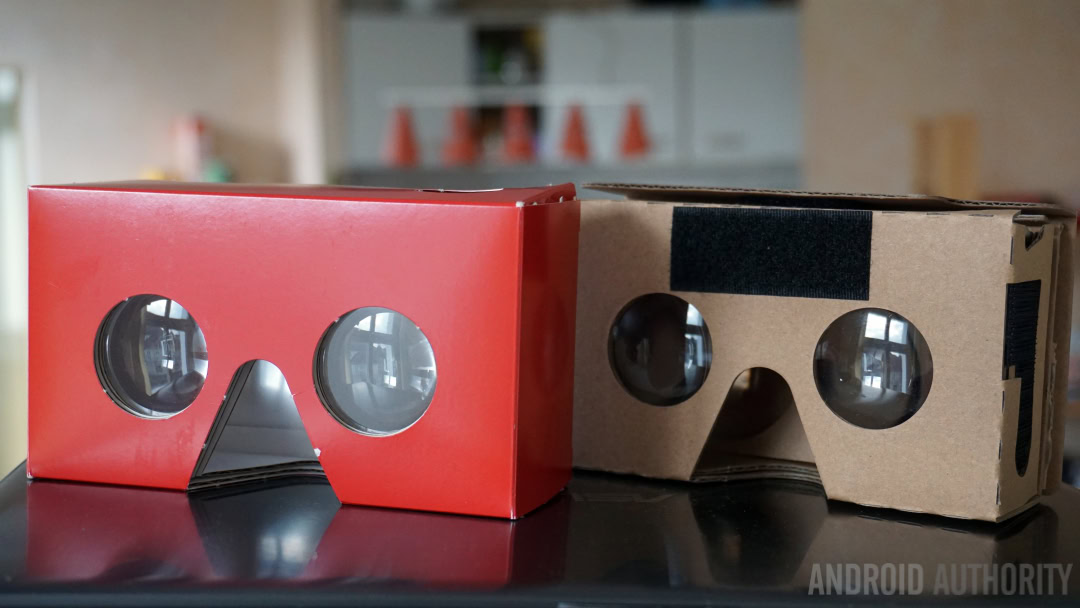
Google isn’t saying much about Cardboard’s future. If we had to take a guess, Cardboard will continue on, though Google will likely do very little in the way of changing the current spec. That said, the way that Google handles Cardboard could change. Will it continue to allow these unregulated experiences onto Google Play, and will the Google Play VR store be backwards compatible with these older Cardboard-orientated apps? That’s a much harder question to answer at this stage.
On one end, I see Google continuing to promote Cardboard as way to get people that first taste of VR, and as a means for watching 360 videos and other experiences for next to no investment cost. Cardboard also works with basically any phone, even budget level devices, as long as they run at least Android 4.1 or higher, or iOS 8.0 or higher. On the other end, I could see Google doing whatever it takes to push Cardboard app developers over to Daydream, leaving Cardboard mostly as nothing more than a 360 video viewer with a few old tech demos laying around in the app store.
What about Gear VR?
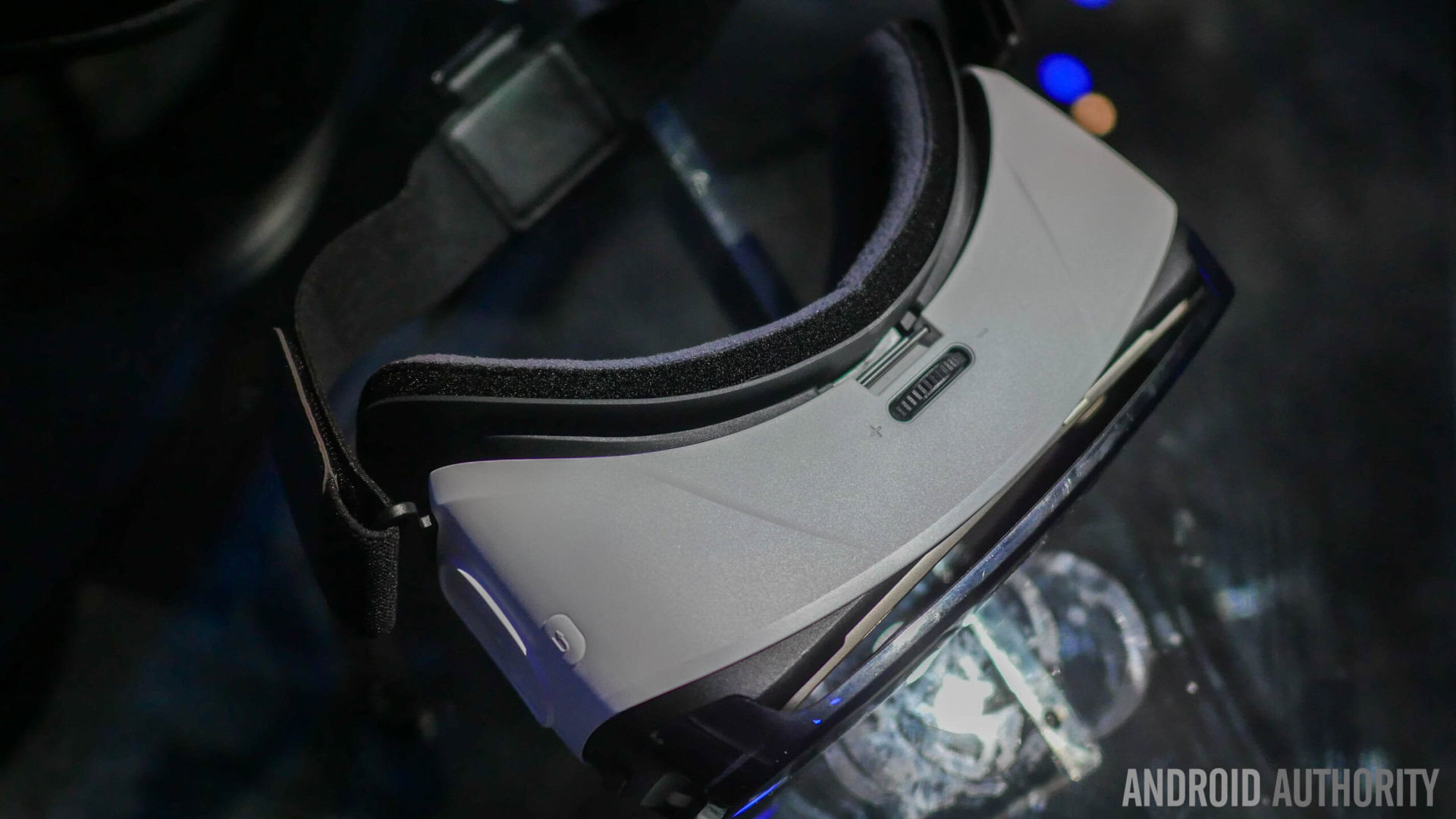
Samsung crawled into bed with Oculus for the Gear VR way back in 2014. It was a win-win for both comapnies at the time, as it gave Oculus access to Samsung’s AMOLED technology and allowed its developers to show off gaming and app experiences to larger audiences before the Rift was fully commercially available. For Samsung, it gave them the best mobile VR platform around. Of course, times change.
With Daydream, Samsung has been confirmed as a Google partner, at least for the creation of phones, and we wouldn’t be too surprised to see a Samsung Daydream headset in the future as well. This leaves many wondering what this means for Gear VR and the Oculus Home store. If we had to take a guess, Samsung will allow all its future phones to support Daydream and, if Gear VR gets a next-gen update, there will probably also be Oculus Home support.
The big question is whether the next Samsung headset will be able to be dual ecosystem compatible or not. Google hasn’t officially touched on a notion, but it’s certainly possible (from a technical standpoint) that upon plugging in your phone to Samsung’s next VR headset you could be presented with some kind of splash screen asking if you want to launch Oculus Home or Daydream Home. Whether Oculus, Google, and Samsung will all agree to such a system remains unknown.
The alternative, if Samsung even develops another Oculus Home-powered headset, would be that Samsung phones will launch Oculus Home if you own a Gear VR, and the Daydream Home if you have a Daydream handset. Or you know, Samsung could just be shutting the door on its Oculus Home/Gear VR efforts. Only time will tell for sure.
Conclusion
As you can see, Google’s Daydream is laying some solid groundwork, now we just have to see where they go from here. Personally I’m excited. No, I don’t necessarily think that Daydream will make VR instantly mainstream, but it will certainly help pave the path forward for VR adoption.
What do you think of Google’s Daydream? Are they on to a winner?
Want to learn more about Daydream, Oculus Rift, and other VR games and technology? Be sure to check out our sister site, VR Source!